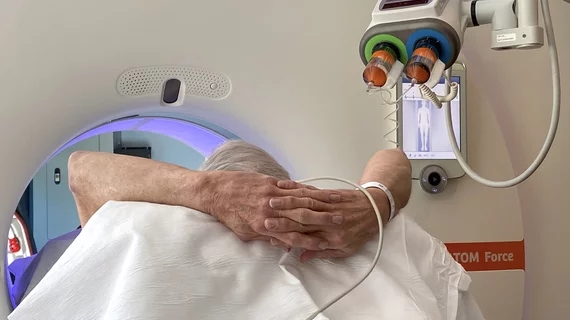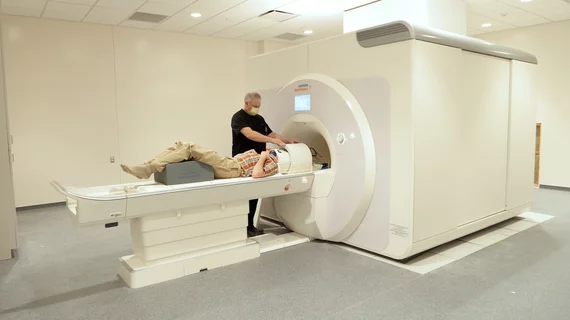Medical Imaging
Physicians utilize medical imaging to see inside the body to diagnose and treat patients. This includes computed tomography (CT), magnetic resonance imaging (MRI), X-ray, ultrasound, fluoroscopy, angiography, and the nuclear imaging modalities of PET and SPECT.
Displaying 5473 - 5480 of 23641






![Ahmad cannabinoid [11C]-NE40.png Thumbnail](/sites/default/files/styles/240x220/public/assets/articles/Ahmad%20cannabinoid%20%5B11C%5D-NE40.png.webp?itok=XWV4R4LD)